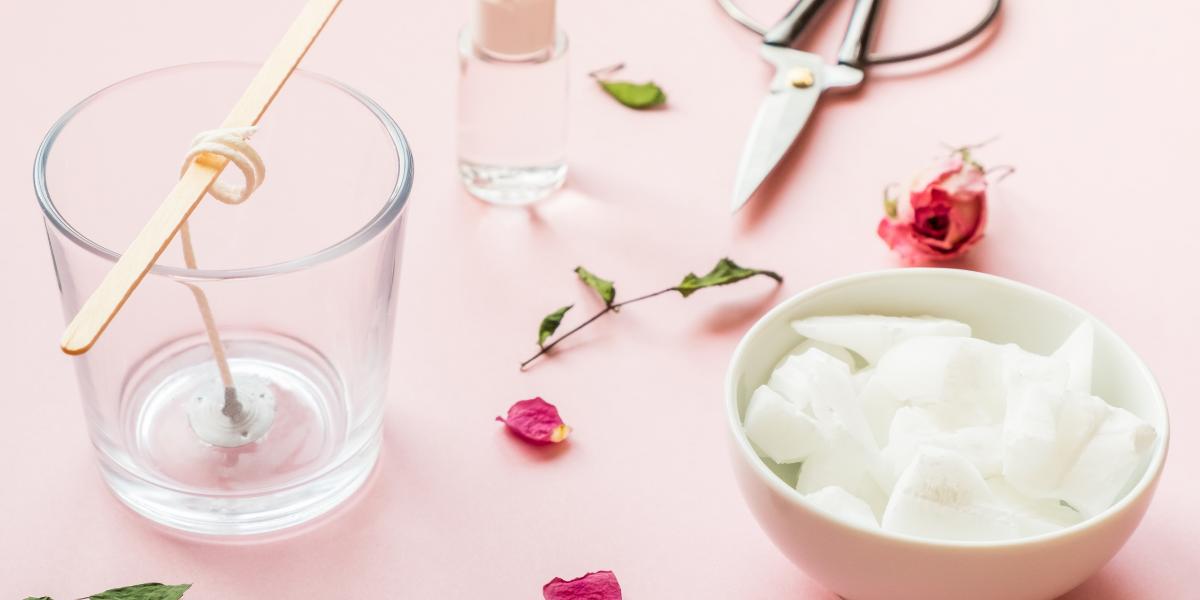Partner Content
Had a rough day or week and need some “me” time? Or need a room to smell good for a special occasion? Your answer here is a candle. Nearly anyone who can combine simple ingredients can make candles these days. Candles come in all sorts of shapes, sizes, colors, containers, and scents. They are sold almost everywhere, online and in-person, from big-box stores to farmer’s markets.
To celebrate World Candle Month this September and to learn more about candle making, we got to know the founder and owner of Shop Green Papaya, Celia Baula. Since starting her candle business, she has been asked by friends and family wanting to get into the industry for advice. Instead of a list of what one must do, here are the pitfalls that she sees time and time again for those dabbling in candle-making.
Mistake #1: Selling without testing products. We spend months on research and development (R&D) before releasing a product to our customers. Basic candle-making requires two materials: Wax and wick. You can choose to add oils for scents and a container for more character. The more variables you have, the more you must test to ensure that when your customer buys your product, it is of good quality and safe for everyday use.
Mistake #2: Thinking that if you like it, your customers will. One of the common pitfalls I see all the time in product development is when candle makers fall in love with their project and assume that since they love it, everyone else will. I especially see this in how candles are made when certain fragrances appeal very much to the candle maker who thinks it will be a best seller. It’s a common occurrence and why market research helps—create a few batches and see how they do with customers.
Mistake #3: Pricing and excluding overhead in calculations. We often see this question posed by beginner candle makers, and even some intermediate makers continue to struggle with this question. The problem: We see many candle makers price their work too low, thinking that customers will not buy if the price is high.
So how do you price your work? Consider direct costs, like cost of goods, plus indirect costs like overhead, plus your mark up. Let’s say we’re making an eight-ounce jar of soy candle. You need to ensure that included in the calculations are: The cost of the jar, wax, wick, fragrance or essential oil, cover for the jar, product label, and safety labels. This is where most people make a mistake, they take the cost and multiply it by two or three—what’s missing is the overhead like costs associated with electricity, the time it took to make each candle, storage before sale, the space needed to create the products, and the amount you pay your employees for making the products and their benefits (if you have employees.) Overhead is a way of capturing the costs associated with making a product “indirectly.” The key? Efficiency and keeping your cost of goods low.
Mistake #4: Scaling up without knowing cost of goods. We already talked about how to price your candles, but do you know how much your raw materials cost? You might say yes right off the bat, but did you take into consideration the difference between buying at the supplier or manufacturer’s retail price versus buying in bulk or wholesale? The difference could be the key to pricing your products competitively. In addition, shipping rates for raw materials can also become more cost effective when buying in bulk so be sure to check or ask your suppliers. Location is also something to consider. Do the materials come from a different state? Having a local supplier is the best solution. So, make sure to include shipping in your calculation and try to batch your orders so you pay fewer shipping fees. It helps keep costs down.
Mistake #5: Having only one supplier for raw materials. This is a big risk, and we recommend finding more than one supplier for raw materials. Businesses come and go all the time and you likely don’t know what is going 0n internally at your supplier’s businesses. Be prepared to have another supplier if the main supplier you have runs out of stock, closes, or goes out of business. In addition to managing risk, other suppliers may have new and better products that your current supplier does not have. So don’t stick to one, research and see what works best for your business.
Candles are a part of our everyday lives. Whatever life brings, we need to cope and recoup—because life happens. Whether you make candles for your own enjoyment, as gifts, or as a part-time business, please make sure that you make them responsibly.

